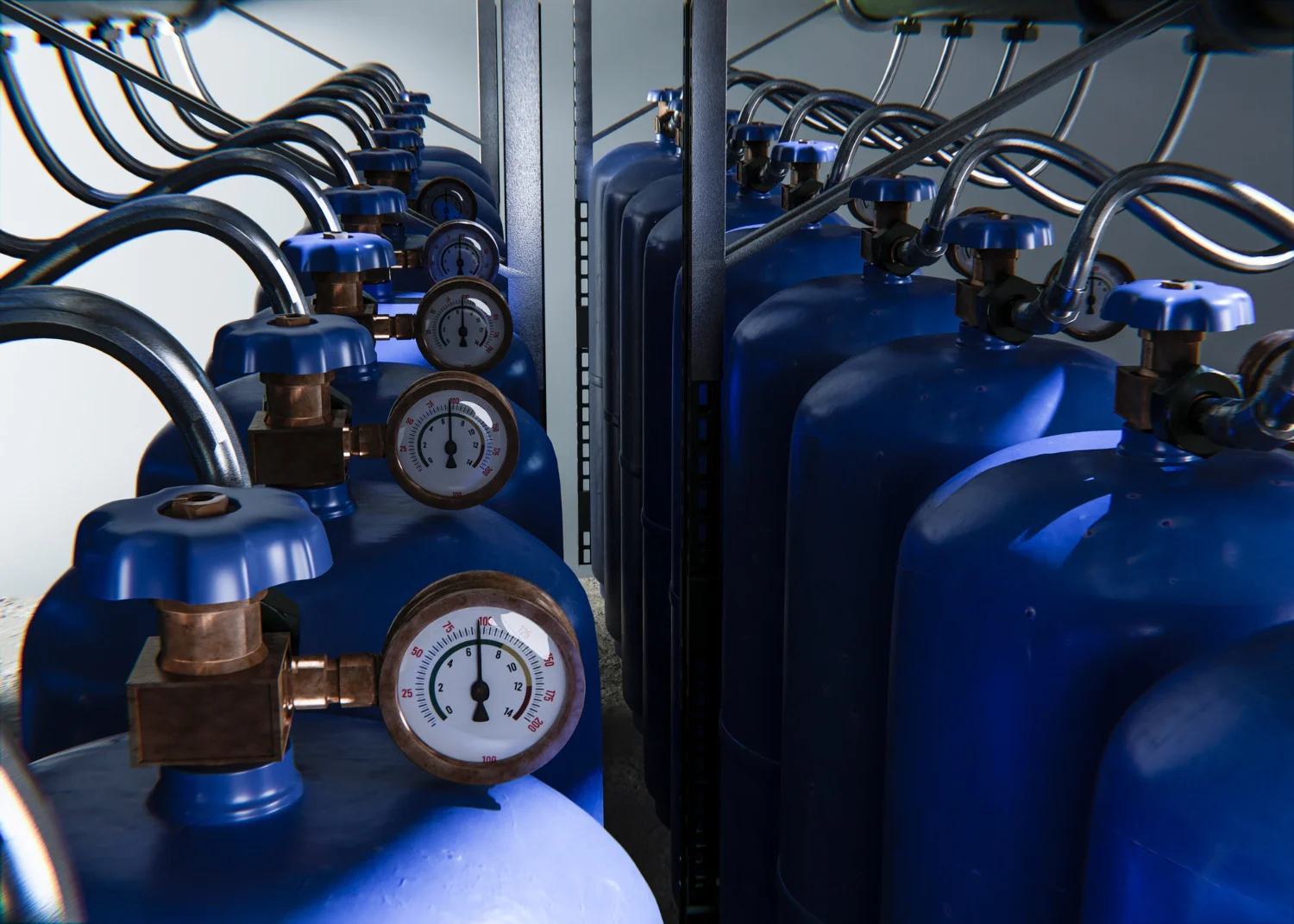The heart of any fluid-based system, be it within a massive skyscraper or in the confines of your backyard, is the pump. This seemingly simple machine has revolutionized the way we access and utilize water, our most vital resource. Often, we encounter various types of pumps in our day-to-day lives without even realizing it. Two of the most essential kinds in this vast category are the fire pump and the water pump. Though they may seem somewhat similar at a surface glance, dig a little deeper, and their distinctions become starkly apparent.
Before making a decision about which to implement, or simply out of sheer curiosity, understanding the nuances between these two is imperative. As we dive into this comprehensive comparison, we'll shed light on their foundational differences, offering insights into their functionality, design, and much more.
Safety vs. Utility
Fire pumps are engineered primarily to serve a life-saving purpose. These are specifically designed to supply water to fire sprinkler systems in buildings, ensuring there's constant absolute pressure to swiftly combat fires when they arise. When it comes to fire emergencies, every second counts. Hence, the efficiency of fire pumps becomes paramount.
On the other hand, water pumps have a broader spectrum of applications. While they can also aid in fire emergencies, their primary role revolves around everyday needs. This includes tasks like water circulation in ponds, helping in agricultural fields, or aiding households by supplying water. Thus, their design is more versatile, tailored to cater to diverse scenarios.
Design and Components
The key difference in the design of these pumps is their ability to maintain water pressure. Fire pumps are designed to guarantee high water pressure even when multiple sprinklers are activated. This is achieved by integrating components that can detect pressure drops, instantly triggering the pump. Moreover, many buildings also use fire pump testing equipment to ensure optimal functionality.
Conversely, water pumps might not maintain consistently high pressure, especially when serving multiple outlets. Their design focuses on reliability and longevity, ensuring that water reaches its designated location without fail.
Testing and Maintenance
It's paramount to ensure that fire pumps are always in top working condition. As such, the regular use of fire pump testing equipment is a must. This ensures that in emergencies, the pump operates at its peak efficiency, providing optimal water flow and pressure. Regular testing can detect minor issues that, if left unchecked, can escalate into major malfunctions.
While water pumps also require regular maintenance, the approach is different. The focus is primarily on ensuring there's no blockage, and the parts are running smoothly. Routine checks, instead of specialized fire pump testing equipment, might suffice in many cases.
Installation and Positioning
Due to the life-saving nature of fire pumps, their installation often adheres to strict guidelines. They're commonly housed in separate rooms, equipped with fire pump testing equipment, and are isolated to prevent damage from external factors.
In contrast, water pumps can be found in various locations, from basements to backyards. Their placement is determined by factors such as the source of water and the areas they serve. The flexibility in their installation and positioning make them more adaptable to different settings.
Cost Implications
Given the specialized design and components of fire pumps, coupled with the regular need for fire pump testing equipment, they can often be a pricier investment than water pumps. The stakes are high, and thus, every aspect of these pumps—from manufacturing to installation—demands precision.
Water pumps, however, can vary significantly in price based on their size, capacity, and intended use. Nonetheless, on average, their costs tend to be lower, especially when considering the additional expenses associated with fire pumps, such as testing.
Energy Consumption
Fire pumps usually consume more energy compared to water pumps. The reason is simple: maintaining high pressure and readiness demands power. Add to this the energy consumed by fire pump testing equipment during regular checks.
Water pumps, on the other hand, optimize energy based on demand. When the demand is low, energy consumption is generally low. This makes them more energy-efficient in long-term applications.
Conclusion
Pumps, while seemingly unobtrusive devices in our vast technological ecosystem, are of paramount importance. Understanding the intricacies that separate a fire pump from a water pump is more than just a technical differentiation; it's about understanding the philosophy of their design and the roles they play in our daily lives.
Fire pumps, with their specialized structure and the imperative of frequent checks with fire pump testing equipment, stand as sentinels guarding us against the catastrophic impacts of uncontrolled fires.
Water pumps, on the other hand, are the workhorses that fuel our daily routines, ensuring we have access to water whenever and wherever we need it. Recognizing the value of each, and ensuring they are aptly applied and maintained in their respective domains, is a testament to our appreciation of these indispensable tools.
Whether you're a building manager, a homeowner, or just someone keen on understanding the mechanisms around you, this knowledge is a valuable addition to your arsenal from https://www.nemfg.com/.


No comments yet